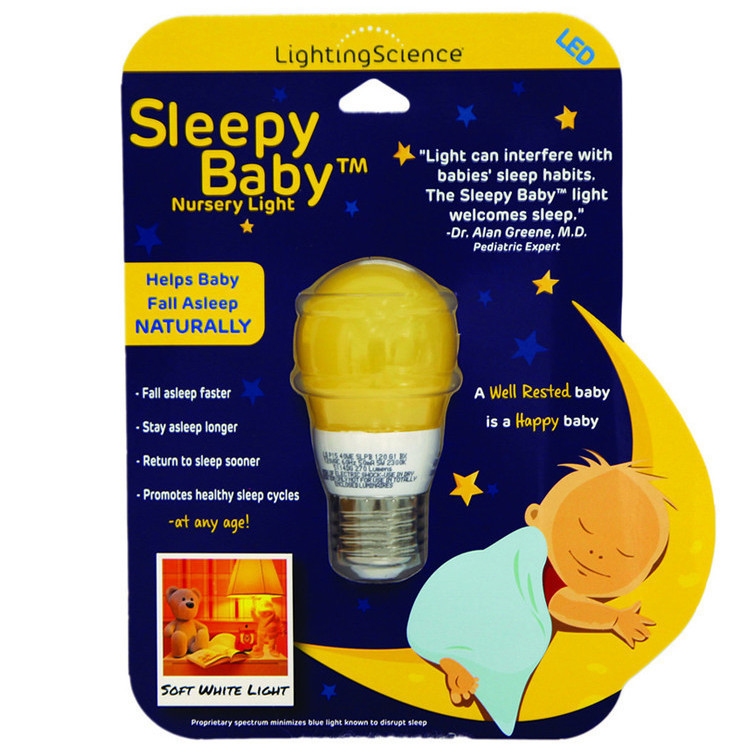While some believe that eating well, getting enough rest, and regular exercise is enough to maintain overall health and well being, lighting company, Lighting Science, believes that the effect of light on human health and wellness is meaningful.
The company has been raising awareness of these effects with the release of lighting products like Sleepy Baby, Good Night, and Good Day bulbs, but has now filed patents for HealthE lighting solutions that will employ biologically adjusted and biologically corrected spectra designed to improve human health and productivity.
The patents relate to LED solutions capable of emitting light across various spectra, each appropriate to help induce a sleep, awake or transition state. According to the company’s studies, light in the 460-485 nm spectra, referred to as “blue light”, inhibits the production of melatonin and over-exposure to blue light near bedtime can disrupt sleep patterns. Conversely, proper exposure to blue light at appropriate times in the day can increase alertness and productivity, enhance mood, help to control glucose levels, boost metabolism, and encourage restorative sleep at night.
“Traditional light bulbs provide us with insufficient blue light during the day and too much of it at night. The result is disrupted sleep patterns and increased fatigue, as well as rising instances of metabolic and hormonal diseases,” said Fred Maxik, Lighting Science’s founder and Chief Technology Officer.
The technology disclosed in these newly issued patents will continue to be deployed in future Lighting Science solutions to deliver e ability to adjust light output as appropriate for alert, transition and pre-sleep times of the day, in the same way light switch dimmers currently adjust for brightness.
Lighting Science also received patents for inventions that will deliver advancements in the medical field. These patents are geared toward the phototherapy treatment of medical conditions like diabetes, obesity and various vision-related maladies.
According to Maxik, the company’s phototherapy technology will use light to diagnose a patient and then tailor a treatment response using light as well.
In addition, Lighting Science’s inventors have developed technology that can use microscopic mirrors to receive a source light emitted in one wavelength range and re-direct it to a desired output direction in a converted optimal wavelength range in one efficient operation, which can have an impact on the surgical and dental fields.
Learn more at Lighting Science.




Comments are closed, but trackbacks and pingbacks are open.